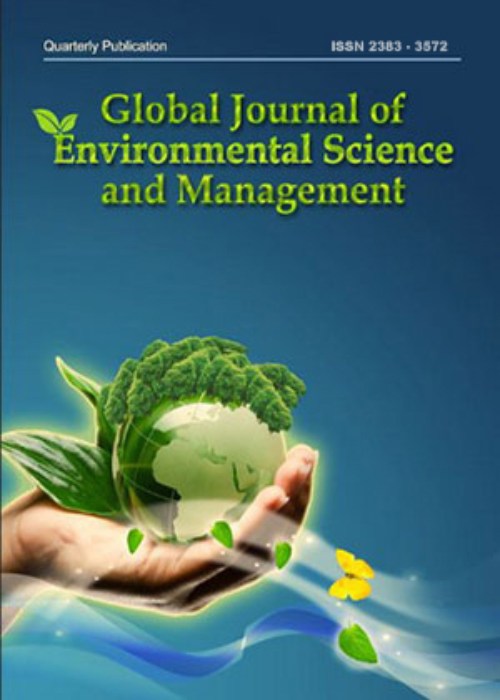Simulation and analysis of marine hydrodynamics based on the El Niño scenario
M. Ikhwan , R. Wafdan , Y. Haditiar , M. Ramli , Z. Muchlisin , S. Rizal *
El Niño - Southern Oscillation is known to affect the marine and terrestrial environment in Southeast Asia, Australia, northern South America, and southern Africa. There has been much research showing that the effects of El Niño - Southern Oscillation are extensive. In this study, a simulation of an El Niño event is carried out, which is ideal in the vertical layer of the Pacific Ocean (0-250 meters). The fast Fourier transform is used to process the vertical modeling data so that the results can accurately represent El Niño.
A non-hydrostatic 3-dimensional numerical model is used in this research. To separate the signal produced and obtain the quantitative difference of each sea layer, the simulation results are analyzed using the fast Fourier transform. Winds blow from the west to the east of the area in perfect El Niño weather, with a reasonably high wind zone near the equator (forming a cosine). Open fields can be found on the north and south sides, while closed fields can be found on the west and east sides. Density is uniform up to a depth of 100 meters, then uniformly increases by 1 kilogram per cubic meter from 100 to 250 meters.
The results of the model simulation show that one month later (on the 37th day), the current from the west has approached the domain's east side, forming a complete coastal Kelvin wave. The shape of coastal Kelvin waves in the eastern area follows a trend that is similar to the OSCAR Sea Surface Velocity plot data obtained from ERDDAP in the Pacific Ocean in October 2015. In this period, the density at a depth of 0-100 meters is the same, while the density at the depth layer underneath is different.
Strong winds could mix water masses up to a depth of 100 meters, implying that during an ideal El Niño, the stratification of the water column is influenced by strong winds. The eastern domain has the highest sea level amplitude, resulting in perfect mixing up to a depth of 100 m, while wind effect is negligible in the lower layers. The first layer (0-50 m) and the second layer (50-100 m) have the same density and occur along the equator, according to FFT. The density is different and much greater in the third layer (100-150 m).
- حق عضویت دریافتی صرف حمایت از نشریات عضو و نگهداری، تکمیل و توسعه مگیران میشود.
- پرداخت حق اشتراک و دانلود مقالات اجازه بازنشر آن در سایر رسانههای چاپی و دیجیتال را به کاربر نمیدهد.


